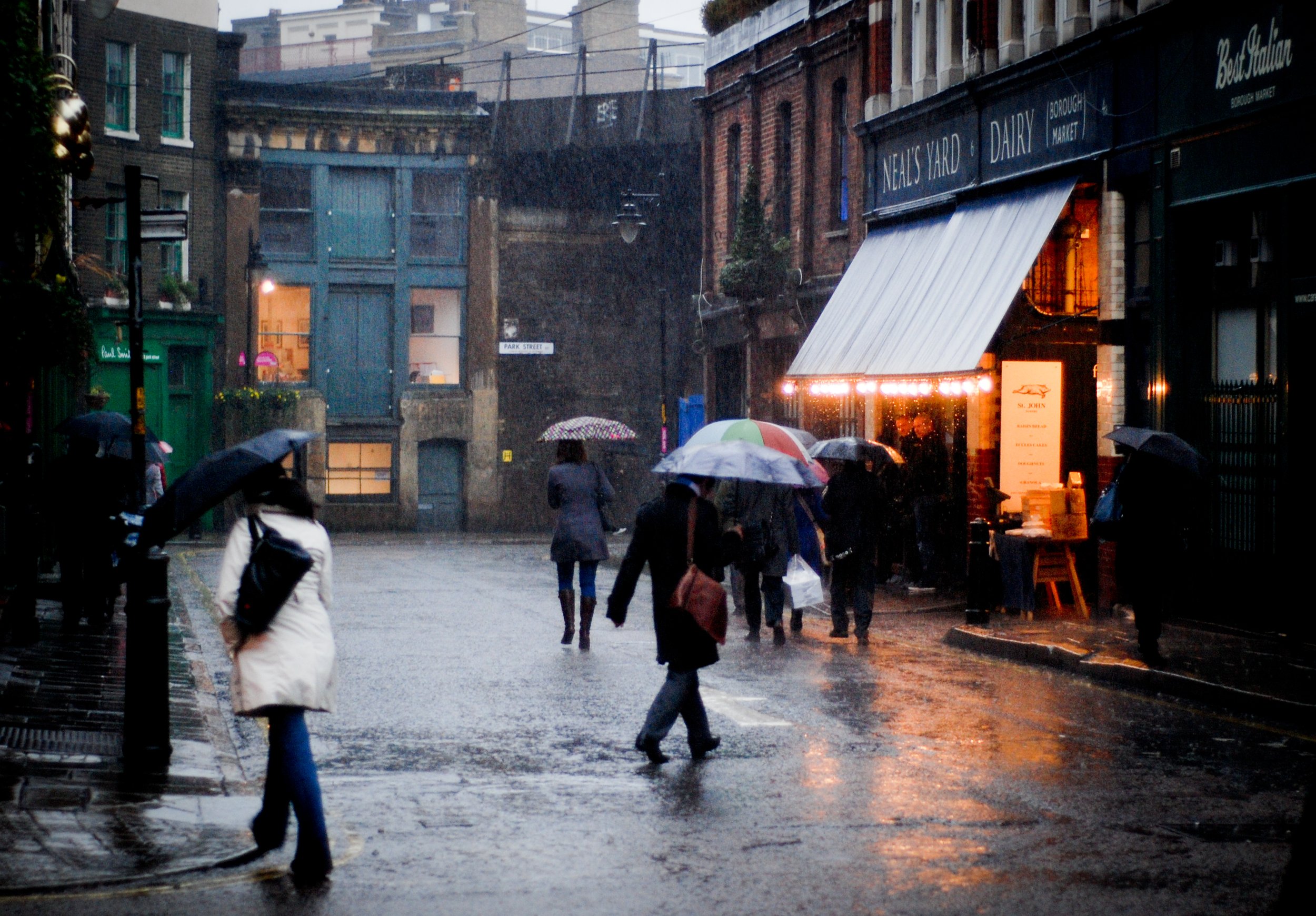It’s November 2015 New York and I’m photographing the usual street fair I had in London, walking the cold winter streets, going to interesting spots with my partner and generally getting a feel for the light, the people, and the general vibe. I had gone there because 2015 had been a rotten year of freelance work and financial stress. I had a partner living there so I went for three months to get away. I would post on Instagram everyday but on the whole I didn’t give it much thought, I never thought I’d end up producing my most successful project both in terms of accolades but also in creative expression.
New York is a grid, like many US cities and it was one cold winter morning as I was walking down 5th Avenue that I stopped at a crossing waiting for the traffic that I looked to my right and right there waiting with me was an older guy in smart dark coat, collar up and holding the top button to keep out the biting wind. The sun was beating down despite the cold and it lit him beautifully. Because the sun was facing us the road leading away from us was in shadow. I took a few shots of him and that started what became Spotlight. A project that was a finalist in the 2016 LensCulture Street Photography Awards.
The time between that first shot and the award was about 8 months, in between that time I attended a class at the International Center of Photography called 'New Colour Projects' headed by Christine Callahan where I showed a lot of my recent New York shots and we studied the art of looking at, collating, and editing our work in a very analogue way of printing everything you shoot and sticking them up on a wall and living with them, passing them by every day, moving stuff around, letting them breathe. It’s the technique I now use for every project I do and it’s invaluable.
Of all the pictures I showed that one of the old guy was always the best so I went looking for that light and eventually I shot a bus tour guide who was standing on the pavement in front of the bus and somehow the light illuminated him from above, I was off and 10,000 shots later I had 20 pictures that I was happy with. By far the most photos I’ve ever taken for a project and I think it shows.
When I returned to London in late 2016 I explored a lot of other ideas, mainly night shoots at the Wimbledon Dogs and on Oxford street but eventually during a particularly bright and clear summer I returned to the concept of using the sun to spotlight my subjects. As London is most certainly not a grid it took a long time to find a spot that would work and also unusually when I found the place to shoot on Carnaby Street, I mostly took every shot from almost the same spot. Every other project I like to keep on the move but because the light was so perfect and the street is just so unbelievably busy it made the most sense.
I used a wider lens and got much more of the subject in the shot which I think helped differentiate these from the New York shots. They definitely have their own feel, probably because of the location and that certain something Londoners bring to the street. I think you could do this project in any major city around the world and I would feel different and unique, maybe I will.







































































































































